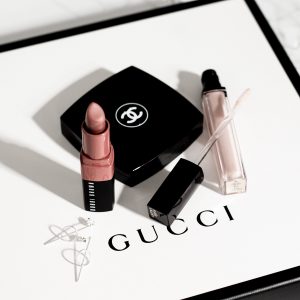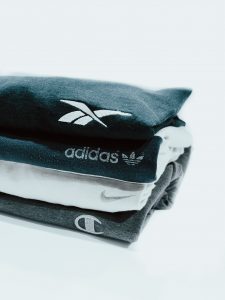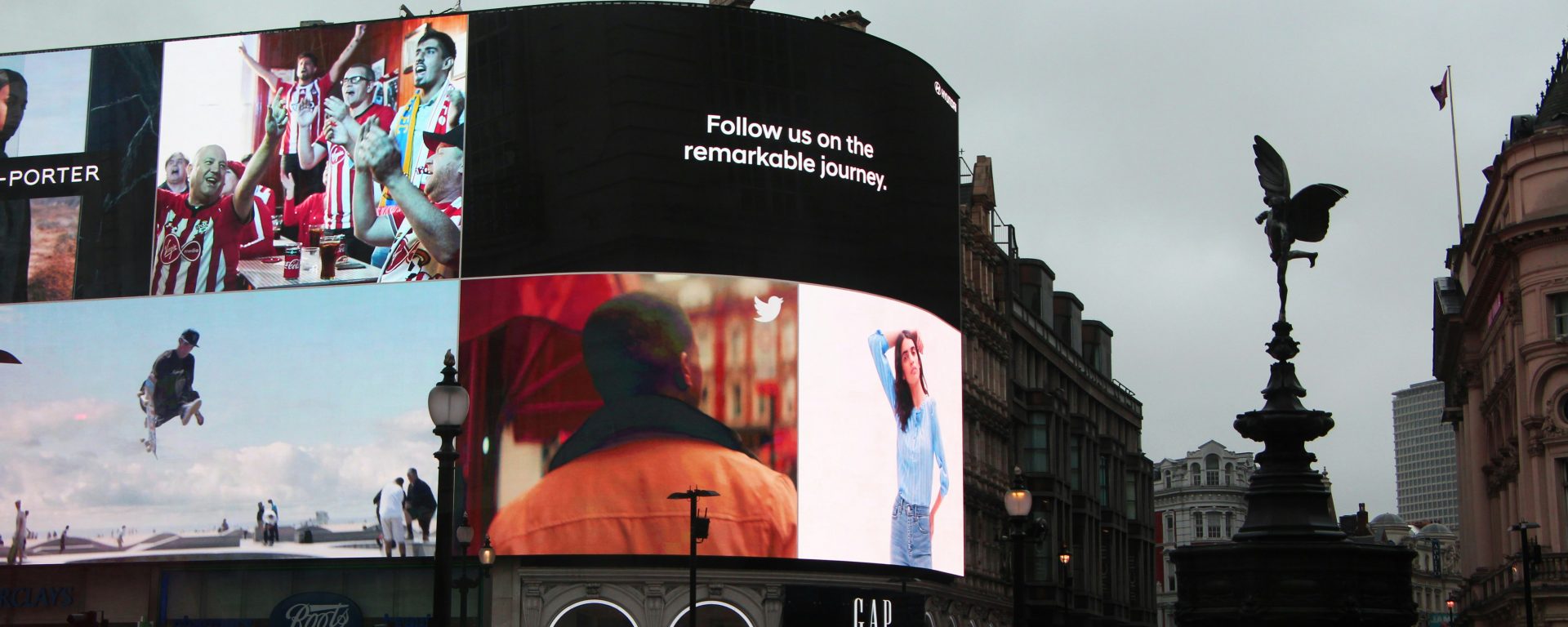I love commercials. As a kid, Bart Simpson sold me Butterfingers. I walked to school singing the KitKat song. When I was old enough to understand that someone had to write the commercial before they recorded it, I thought that was my dream job.
Turns out, that job is called copywriting (nothing to do with copyrights), which is basically writing advertisements. Copywriters collaborate with digital and print designers to come up with new concepts for brands and bring them to life.
With some sheer will and a lot of luck, I became a copywriter out of college. For the next few years, I crafted new names and descriptions for products. I helped think up taglines and campaign slogans, and wrote scripts for video spots and commercials. In other words, I created a lot of branding.
Some of my favorites have been this collaboration with Tribeca, the men’s makeup line from Chanel, and a way to order ice cream instantly from Unilever.

Photo by Johanne Kristensen on Unsplash.
As my perspective grew and I interacted with more of the advertising world – like research & development, marketing, and legal teams – I realized that all these images, words, and taglines were protected based on intellectual property (or “IP”). I knew I had to dig into the ins-and-outs of how it worked.
America Runs on IP
IP is everywhere, even if we don’t see it at face value. Have you ever wondered why a Birkin bag is so expensive? Are you team checks or stripes? Did you log on to Instagram today? All of these things are protected by IP. Each helps make its product or service unique.

Photo by Mark Broadhead on Unsplash.
While my background in advertising gave me a good sense of how these brands came to have an identity, it didn’t tell me how they kept it. What really stops someone from replicating your favorite streetwear or your go-to Starbucks order? After lots of Googling, I found out that the answer lies in the protections created by IP. Basically, once something like a brand name or signature is protected, it allows the owner of that property to prohibit others from using it. Of course, there are exceptions to this, but largely, the protections of IP can help brands create an identity in how they represent themselves.
Starting to Think Different
When I began law school, my head was still buzzing with questions about how IP actually worked. I knew that certain things, like characters, slogans, and brands were protected, and I started looking at commercials and advertisements differently. This time, I wasn’t thinking about alliterations or what would have been a better design. I was focused on the legal background behind each brand’s image.
The range of classes at Loyola has allowed me to dig into some of the questions I had about IP. As a 1L, I opted for an elective called Global Access to Medicine: A Patent Perspective. This course is instructed by Professor Ho, the Director of the Intellectual Property Program at Loyola. While it was focused on patents, which are separate from trademarks and copyrights, I learned more about the basics of what is protected by IP and analyzed provisions from TRIPS – the WTO’s international agreement on IP.
After only a few weeks of class, I realized that my conception of IP as a means to sell products was incredibly limited. This kind of property is involved in almost every element of daily life, and on an international scale, IP protections can change based on what a country recognizes as an IP right.
Now I’m Lovin’ It
As an incoming 2L, I plan to dive deeper into the world of IP with tailored coursework. This fall, I will be taking an IP survey class, as well as an IP-specific legal writing class – both of which will challenge me to think more about how IP and its protections work.
Luckily, I chose an amazing school with classes that will help me work toward my new dream job as an IP lawyer. Loyola’s courses provide the background I need to understand the complexity behind IP problems. In addition, Loyola’s faculty and alumni network are incredible resources with relationships at firms – big and small – in Chicago and beyond.
In a few years, I hope to return to my love of branding at one of these firms. This time, with a deeper understanding of what goes into a brand’s image from a legal perspective.
Emma Wallace
Assistant Blogger
Loyola University Chicago School of Law, J.D. 2024
